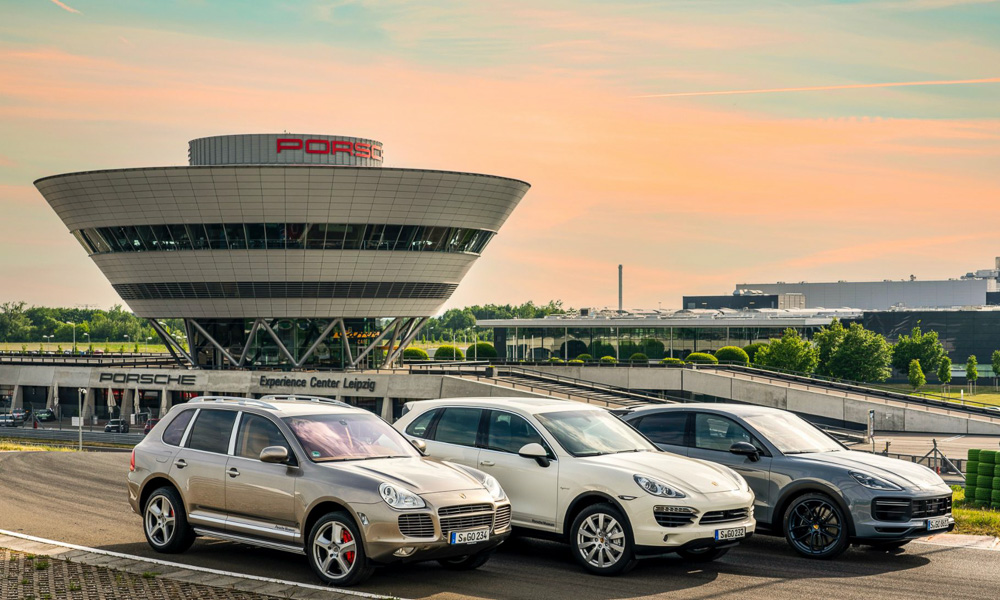
It’s funny how we say change is one of the few constants in life.
Look at Porsche. From being a small, niche manufacturer of highly specialized sports cars, the brand is now one of the most profitable car companies in the world, has a healthy future in electrified motoring, and remains very active in motorsports where almost 20% of its annual sports-car production is allocated to production-based motorsports with its GT3 and GT4 racing programs worldwide.
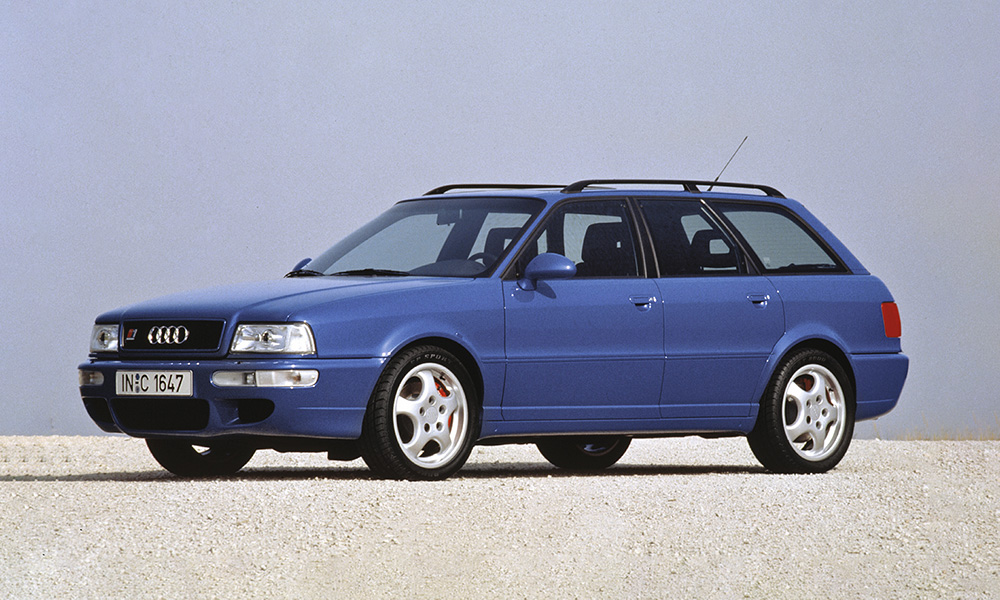
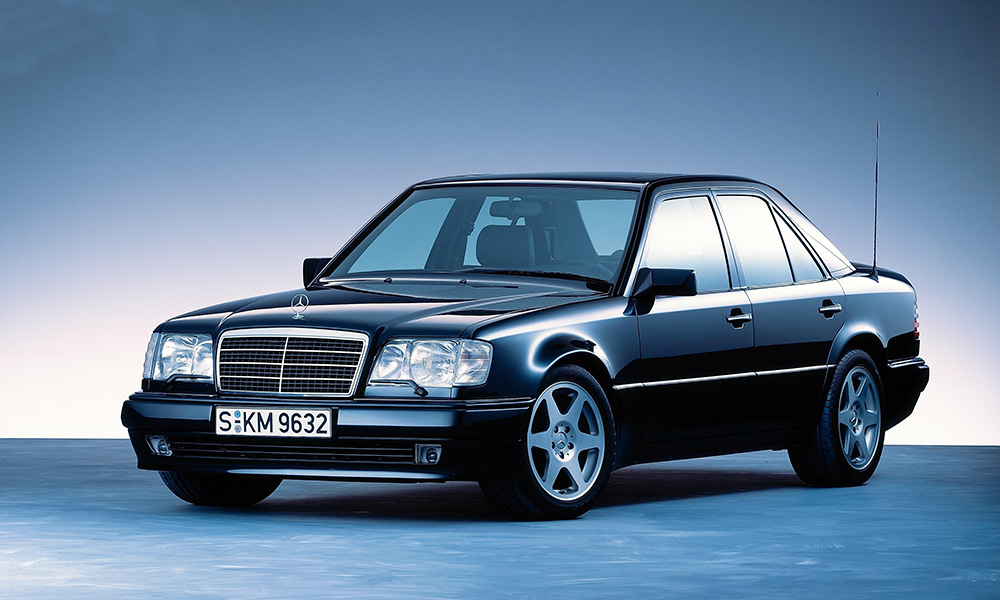
It wasn’t always the case for the brand though. The company faced dire financial straits in the ’80s and the ’90s. It also took pride in being an engineering consultant to other car brands. Its most famous collaborations include the W124 Mercedes-Benz 500E and the Audi RS2 Avant. Yet these additional income streams were not enough to tide the company through the tough times.
Its lowest point came in the 1992/1993 fiscal year when the brand sold a measly 23,060 units. The company needed to make a huge, bold and revolutionary step—away from the brand’s seemingly unspoken golden rule of careful evolution.
Even with the introduction of the Boxster in 1996, Porsche needed a real volume-seller, something that would allow people alien to or previously disinterested in the brand to join the fold.
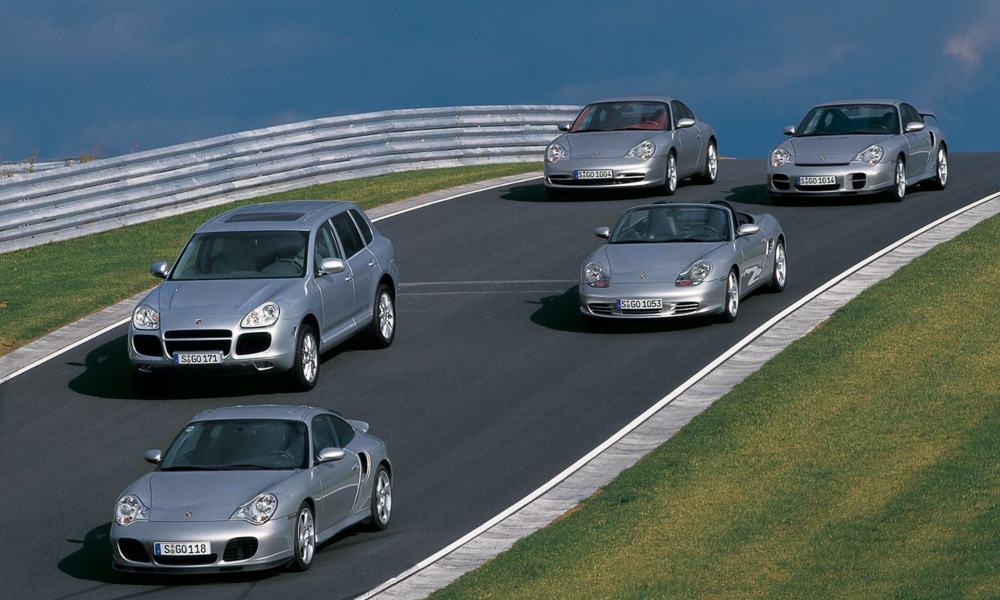
Ferry Porsche’s words were prophetic. He predicted it back in 1989: “If we build an off-road model according to our standards of quality, and it has a Porsche crest on the front, people will buy it.” He would go on to be proven right.
Since 2002, the Cayenne has been one of the mainstays of the car manufacturer’s global success.
“The Cayenne has always been a major draw for our brand—it has brought many new customers and fans from all over the world to Porsche over the past 20 years,” says Detlev von Platen, member of the executive board for sales and marketing at Porsche.
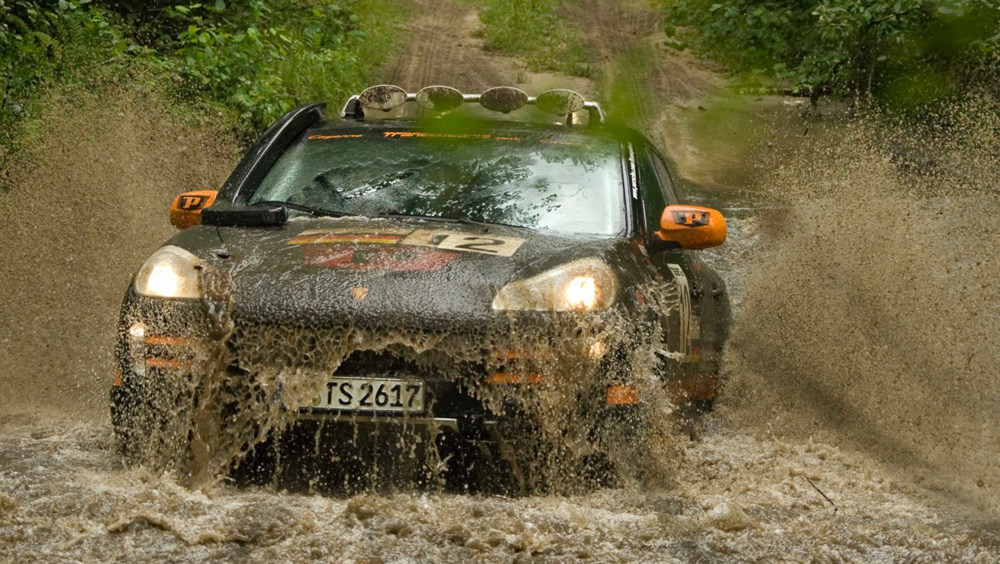
Luxury crossover SUVs were on the rise. Rivals Mercedes-Benz and BMW had already released the ML and the X5, respectively. So upon the recommendation of the US Porsche sales organization, the Zuffenhausen icon opted for an off-road vehicle instead of the people-carrying MPV that was also under consideration.
Again, this gamble would prove correct, allowing a more global appeal and reach versus the Euro-centric MPV.
Then Porsche CEO Wendelin Wiedeking had also set his sights on the emerging Asian market. The sleeping dragon that was China was finally waking up, and Wiedeking knew it. Ambitions were high right from the start: Porsche was not content merely to build a sporty SUV consistent with the brand, but aimed to give the top competitors in the off-road segment a run for their money.
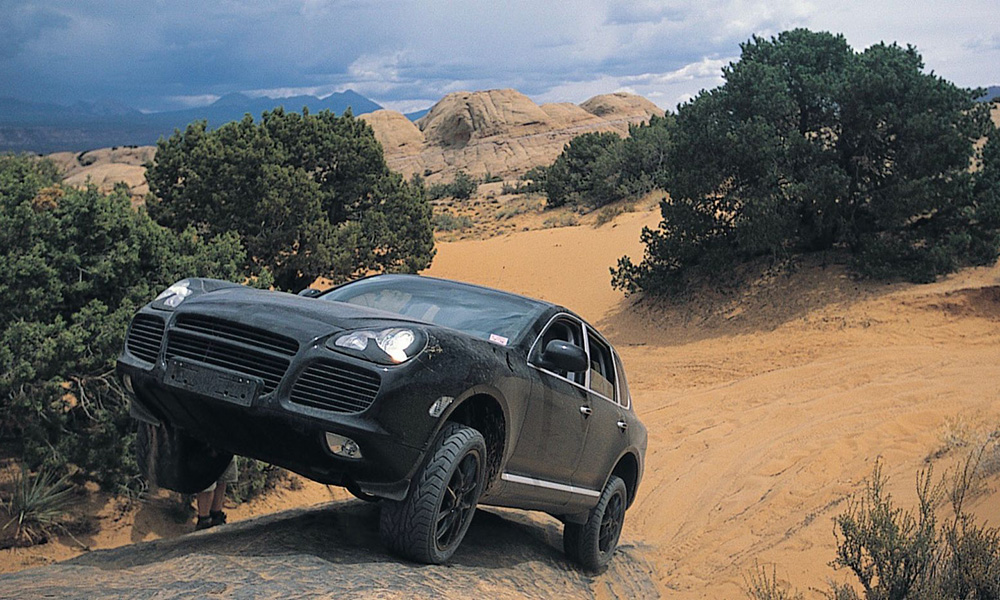
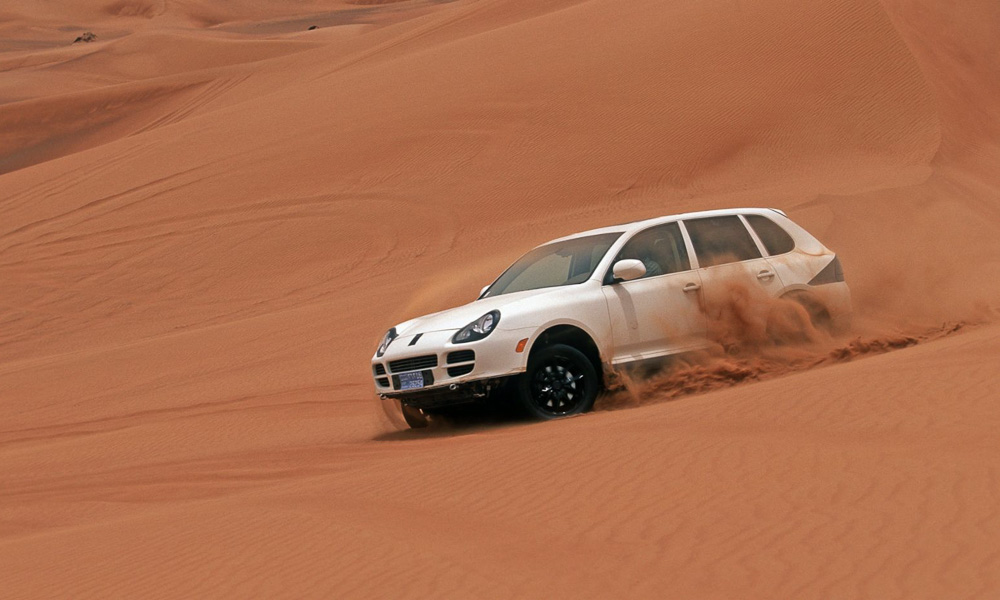
This massive undertaking was ultimately tackled as part of a joint project with Volkswagen, dubbed “Colorado,” which was officially announced in June 1998. The Porsche Cayenne and the Volkswagen Touareg would share the same platform, which also signaled the Volkswagen Group’s large push into modularization of vehicle architectures—now standard practice in the industry.
Despite the identical architecture, each manufacturer initially used its own engines and developed its own chassis setups. Porsche was responsible for developing the joint platform at its initially top-secret Hemmingen site, while Volkswagen contributed its production expertise for large volumes.
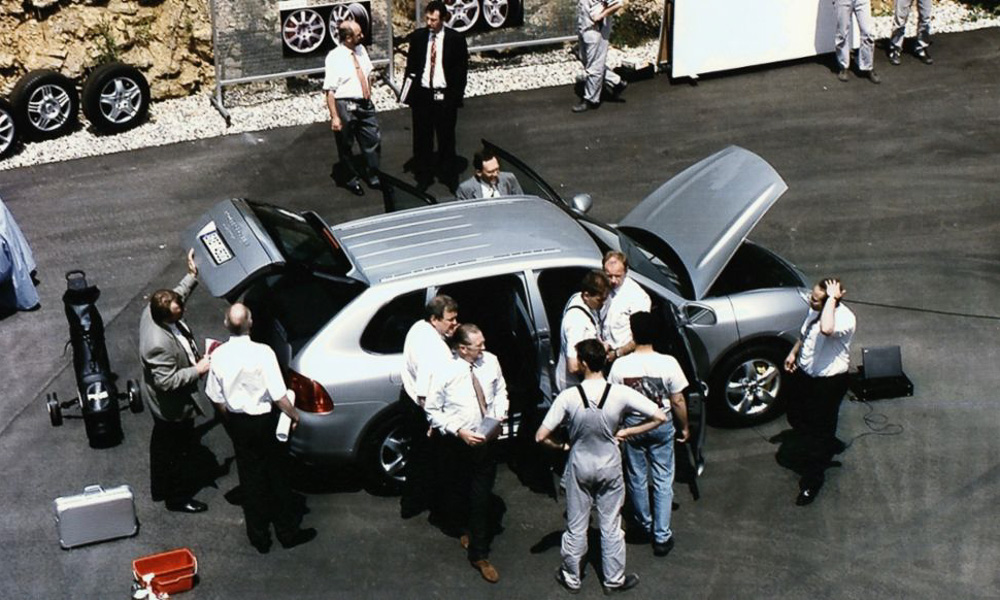
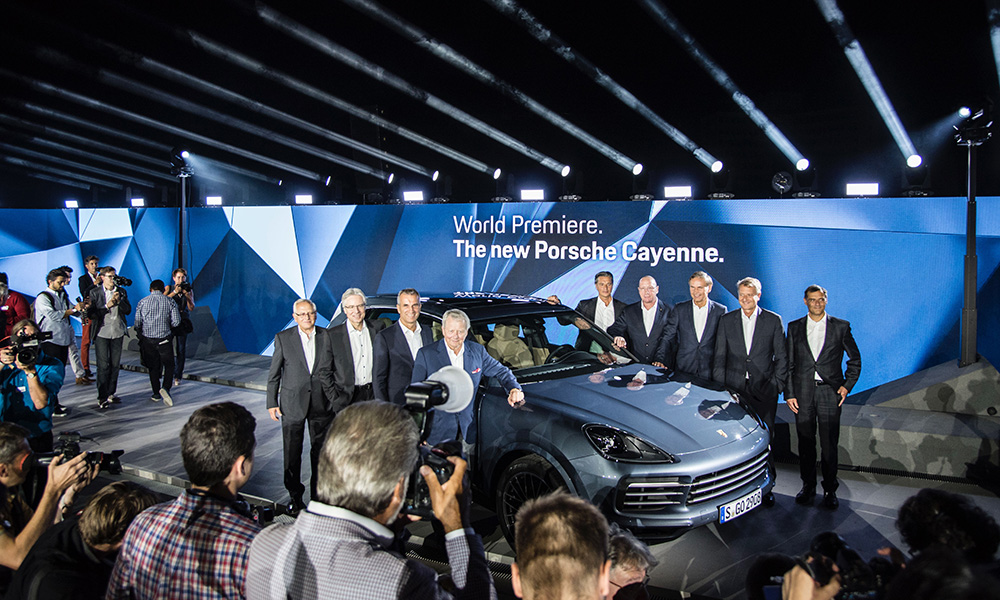
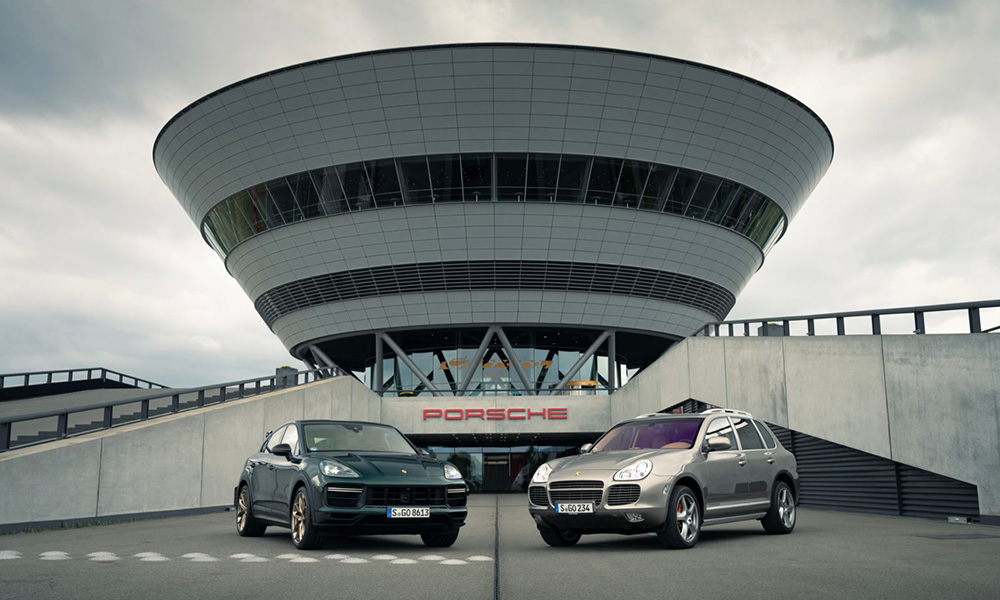
In 1999, Zuffenhausen decided to build the car in its native Germany rather than abroad like its rivals, keeping its very German identity and constructing a new production facility in Leipzig, which was officially opened in August 2002.
Its Volkswagen counterpart, the Touareg, was produced at the Volkswagen plant in Bratislava, Slovakia. The painted bodywork for the Cayenne was also sourced from there, with final assembly taking place in Saxony.
Both the first and second model generations of the Cayenne—known internally as E1 and E2—rolled off the production line in Leipzig and later also in Osnabrück.
With the launch of the third-generation model (E3) in 2017, Porsche moved all Cayenne production to Bratislava to create additional capacity in Leipzig for the Panamera sports sedan and the Macan compact SUV.
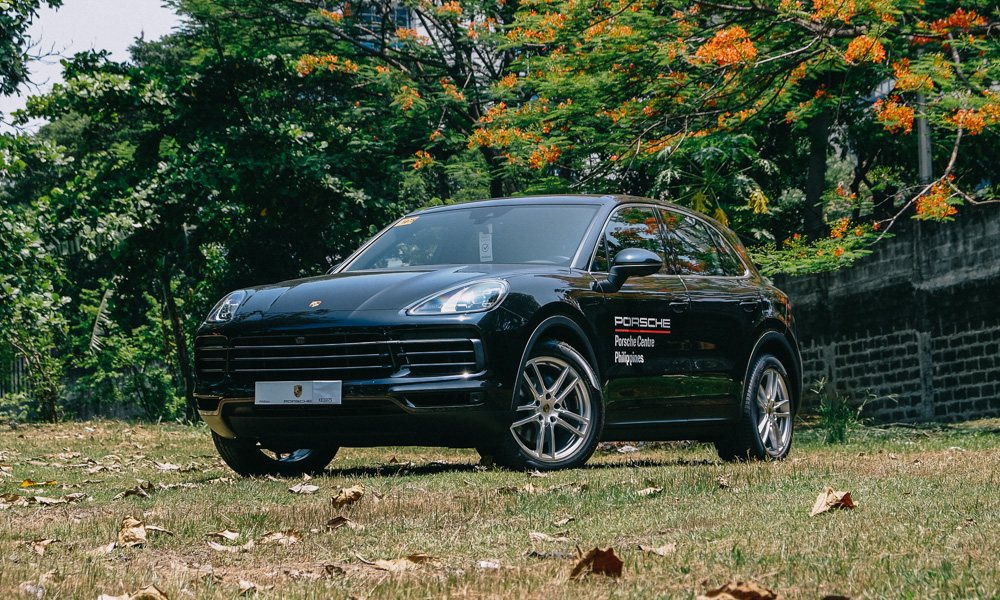
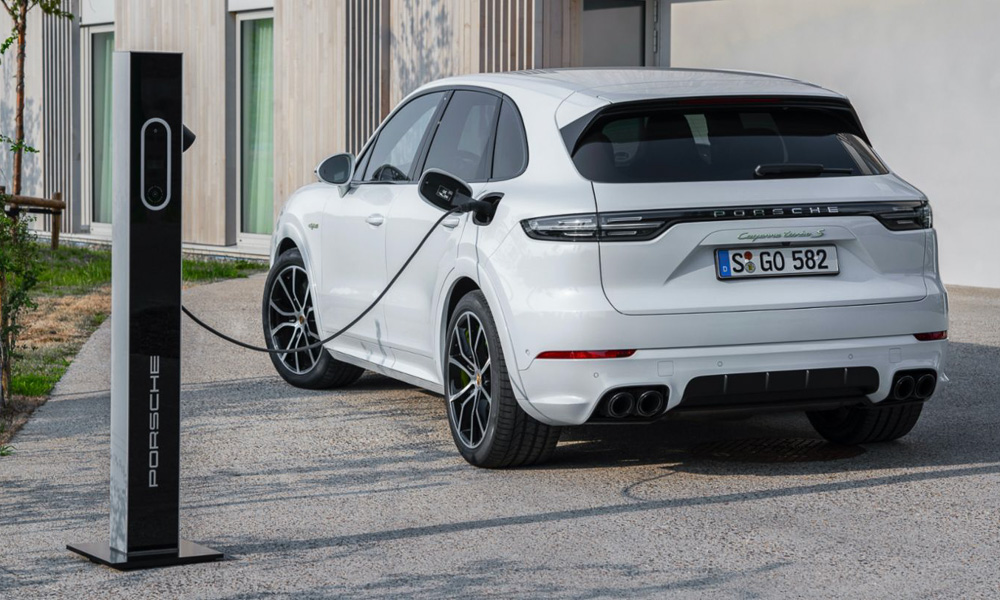
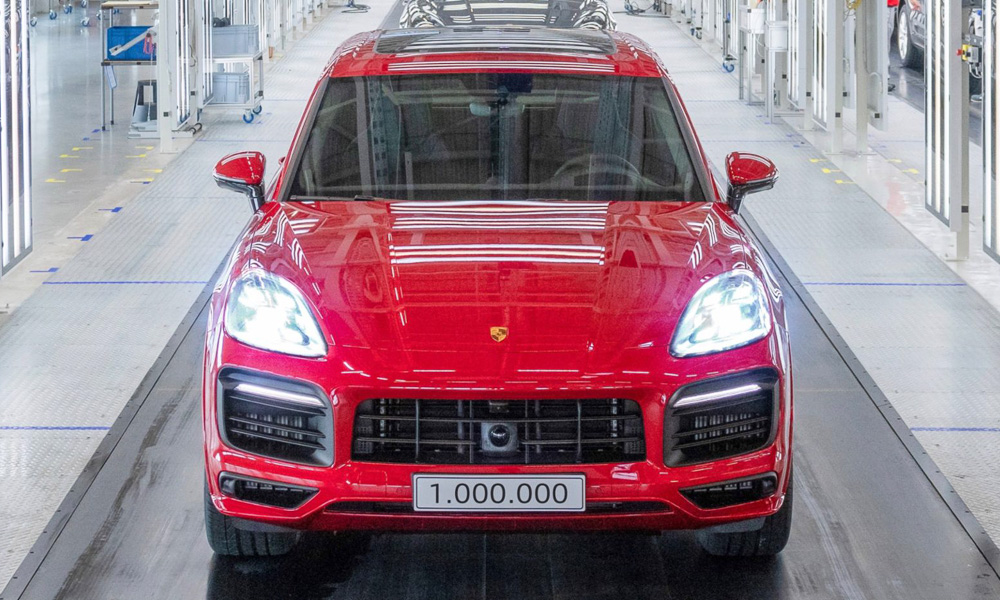
The Cayenne today is the brand’s savior: In only 18 years of production, a million Cayennes have been manufactured and sold, with chassis No. 1,000,000, a GTS in red, sold to a client in Germany.
It took Porsche a third of the time to reach this milestone with the 911, which took 53 years to hit the 1,000,000th-unit milestone. On a side note, Porsche claims 80% of all its 911s produced since 1964 are still on the road. How’s that for longevity?
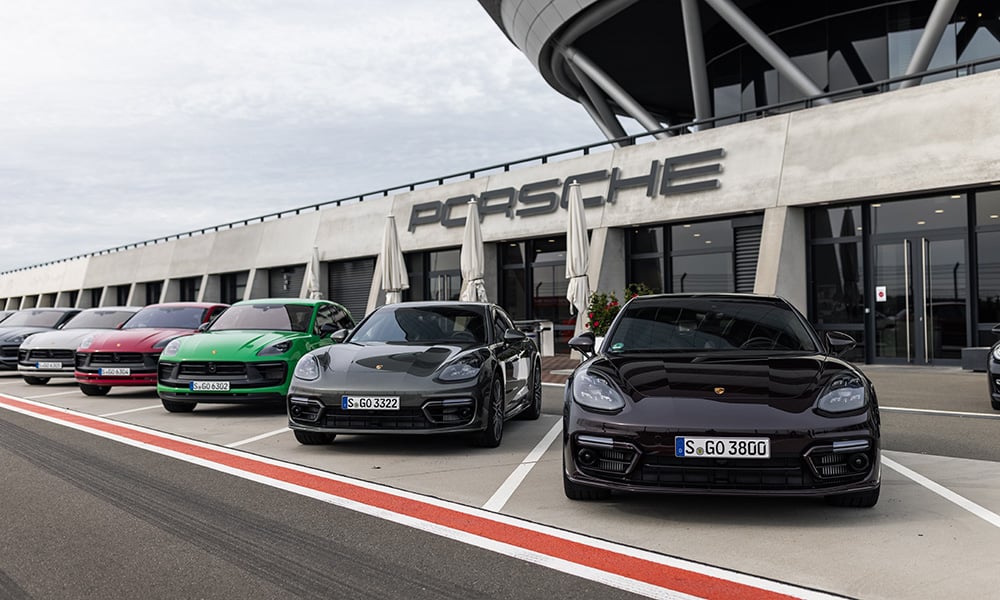
Today, Porsche has the Panamera, the Cayman, the Taycan, and the Macan. This varied model lineup has enticed and attracted buyers to buy into the brand, enjoy its performance, and live the Zuffenhausen dream.
Porsche even found time (and the budget) to build the super limited Carrera GT supercar and the first production hybrid hypercar in the form of the 918. It is also the most successful manufacturer at Le Mans with 18 overall wins considering its modest size.
In the 1983 movie Risky Business, Tom Cruise immortalized these words forever: “Porsche. There is no substitute.”


0 Comments